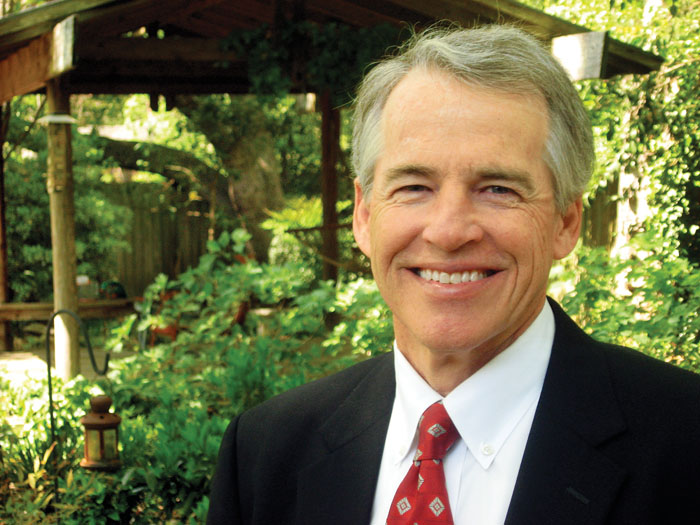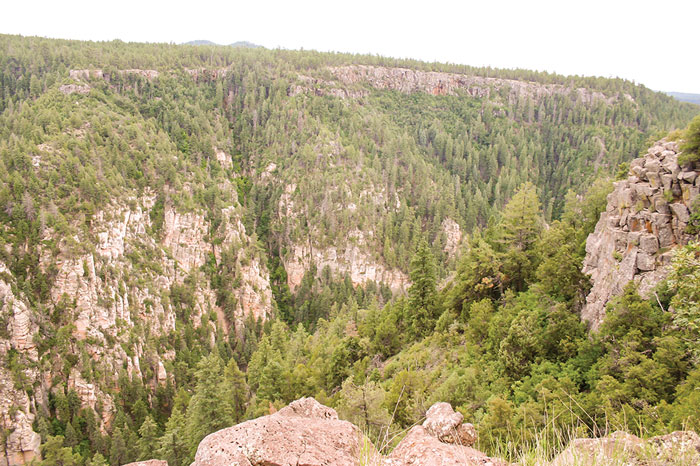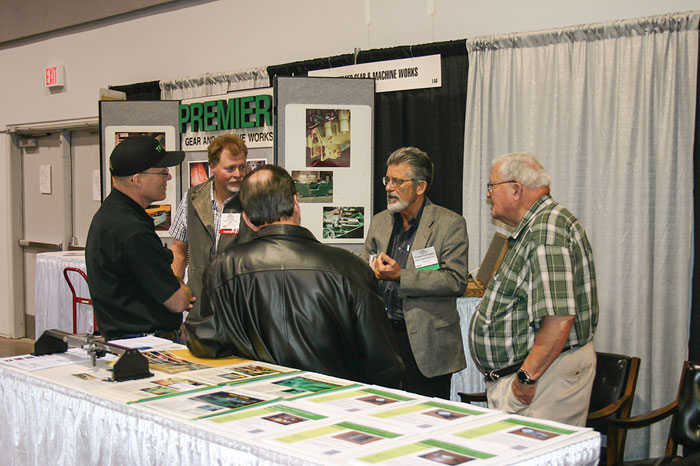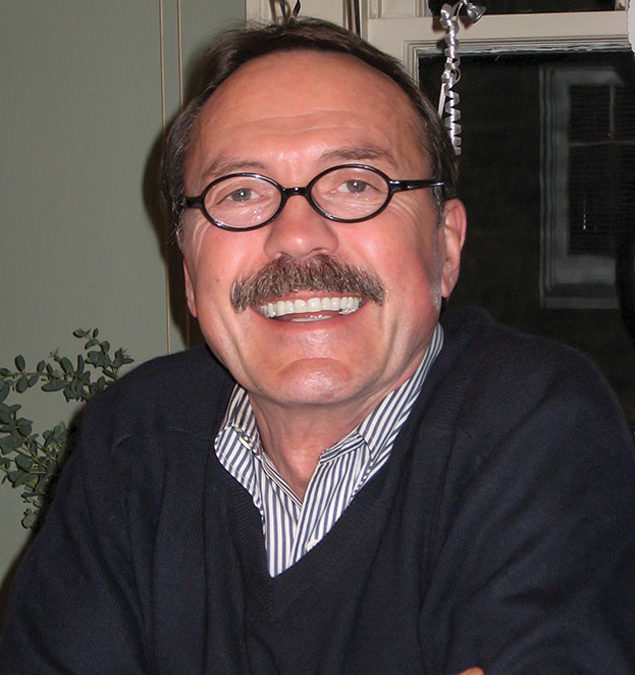Dying, deformed and diseased trees will be key ingredients of particleboard manufactured at the new Arauco panel mill in northern Michigan. "All of...
Maloney Drove Composite Board Industry Forward
Thomas M. Maloney, a pioneer and leader in the development and growth of the composite board industry, died on June 18, 2014 at his home in Pullman, Wash. He was 83.
In 1967, Maloney founded the International Symposium on Particleboard & Composite Materials at Washington State University. In 1977, he authored what many consider to be the “bible” of composite board manufacturing, “Modern Particleboard and Dry-Process Fiberboard Manufacturing.”
He was a long-time contributor to Panel World magazine, with his writings appearing in the column called “Board Talk.”
“Tom always treated me with great friendliness,” says Rich Donnell, editor-in-chief of Panel World. “I always marveled at the wealth of knowledge of our industry Tom had stored up inside. I felt privileged to be able to pick his brain from time to time. I felt even more special when he was planning his symposium and would ask me ‘what does the industry need to know?’ He once told me that some people had some concerns when he first put the subject of ‘formaldehyde’ on the program. ‘We might as well talk about it,’ Tom responded. ‘Everybody else is.’ Tom didn’t hold back.”
Maloney was born February 18, 1931 in Raymond, Wash. and grew up and attended school in Raymond. He attended Washington State College, now WSU, where he earned his Bachelors degree with Honors in Industrial Arts in 1956. He married Donna MacCallum in Seattle and they returned to Pullman where they made their home.
Maloney had a distinguished career as a Professor of Mechanical & Materials Engineering at Washington State University. He was a recognized authority on wood composite materials and led several projects on wood housing. He had more than 37 years of experience in the field and served as Director of the Wood Materials & Engineering Lab at WSU from 1986 to 1995. During his career, Maloney visited plants and research facilities throughout the world and authored more than 400 research reports, articles and book chapters.
Maloney served as consultant to many industrial firms and associations; served as consultant to the United Nations, working on projects for the Food & Agriculture Organization of the UN in Rome, New Delhi, India, Beijing and Shanghai. His other projects and speaking engagements covered Cuba, Japan, South Korea, Taiwan, Malaysia, Germany, Italy, Sweden, Poland, Yugoslavia, France, Australia, Mexico, Brazil and Canada. He served as president of the International Forest Products Society and as president of the International Society of Wood Science & Technology.
WSU awarded him its first Faculty Excellence Award for Public Service in 1983 and in 1988 he was honored with the annual award of Forest Industries, given for leadership in developing excellence in the forest product industry. Maloney was also a Fellow of the International Academy of Wood Science. In 1993 National Particleboard Assn. recognized Maloney for Dedicated Service to the Particleboard and MDF Industries. He received the Bronson J. Lewis Award from APA—The Engineered Wood Assn. in 2007.
Maloney was a devoted member of Sacred Heart Catholic Church, and a man who took his faith seriously. He was a lifetime member of the Washington State University Alumni Assn. and a member of the Golden Cougar Club. He was a devoted husband, father and grandfather who enjoyed time spent with family. He enjoyed traveling as well as all sports. He was an incredible carpenter, building the family home and lake house as well as all types of woodworking.
He is survived by his wife Donna at the family home in Pullman; his daughter Carol Maloney; his sons William Maloney and Joe Maloney (Lynn); a sister Susan Maloney; and four grandchildren.
The Funeral Mass was celebrated June 25 at Sacred Heart Catholic Church in Pullman and private interment was at the Pullman Cemetery.




